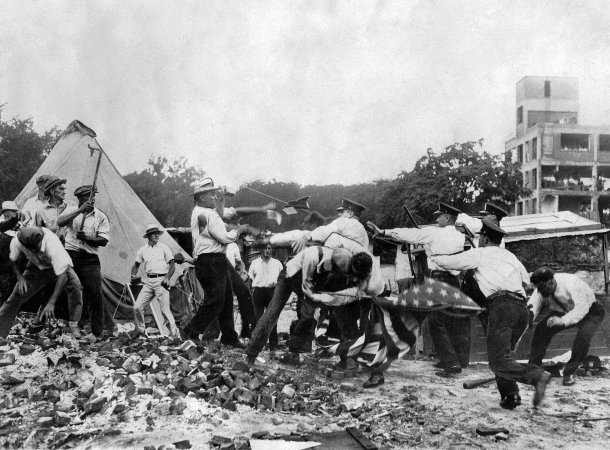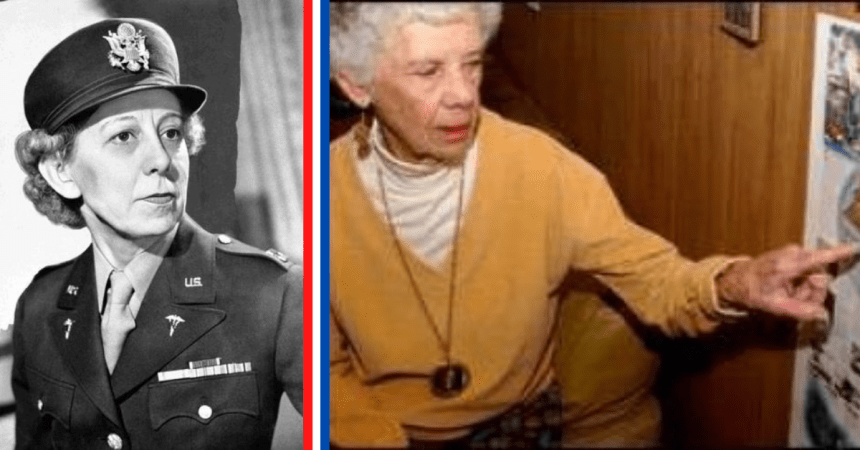In 1917, the horrors of World War I were something entirely new to the world. “The War to End All Wars” inflicted horrible casualties and painful deaths in a way no one had ever seen before in the history of warfare. Mechanized vehicles, poison gas, trench-clearing shotguns, and even the constant mud and water that filled the trenches took its toll on the men who fought the war. Many of those wounded soldiers and those who were dying from the new weapons of war found themselves laying next to Red Cross volunteer May Bradford, who would write what for many of her patients, was the last words they would ever say to their loved ones.

Even those who survived were altered forever by the new weapons of war.
For those that were dying, Bradford recorded their last words. For those that were too injured to write, she informed their families of their loved one’s situation. For those who were simply illiterate, she was happy to take care of them too. She was part of the French No. 26 General Hospital, near Etaples, France during the war. She was there following her surgeon husband, Sir John Bradford.
She had been there for the entire war, watching the dying and wounded roll in and out of the clinics and field hospitals. She immediately took up the mantle of “hospital letter writer” for anyone who might want or need her services. Over the course of Britain’s time in the war, she wrote more than 25,000 letters, averaging 12 or more every day for four and a half years.

Rather than wear the traditional uniform of the scores of Red Cross volunteers at English aid stations around the world, Lady Bradford wore her usual clothes, which were usually an impeccably clean and neat dress, which made the men in her care feel less like they were in a hospital with a nurse and more like they were dictating a letter with an old friend.
In her relatively short time as a letter writer for the sick, injured, and mortally wounded soldiers, Bradford experienced firsthand the horrors of the First World War – and experienced the emotional roller-coaster of fighting that war secondhand.


























